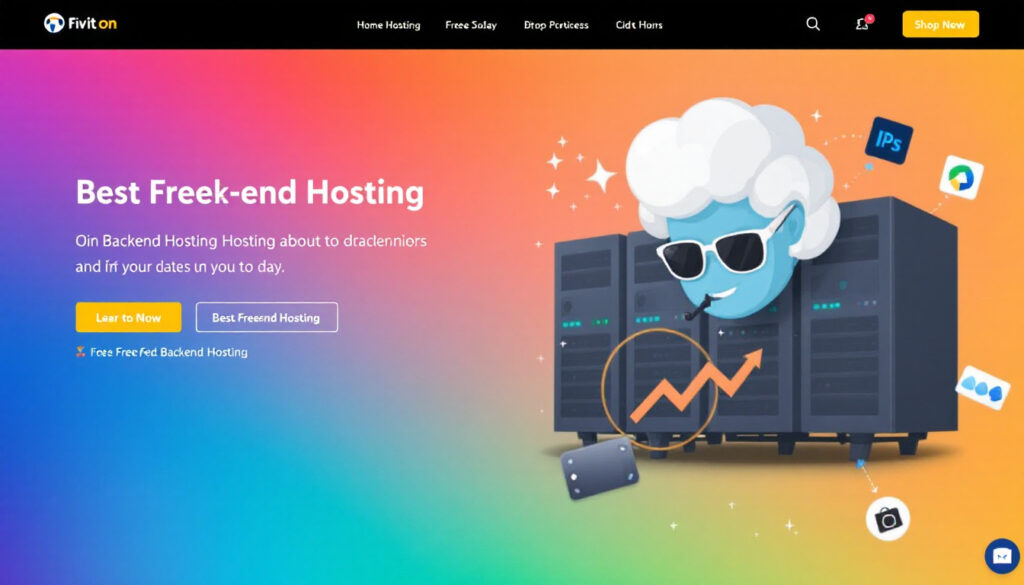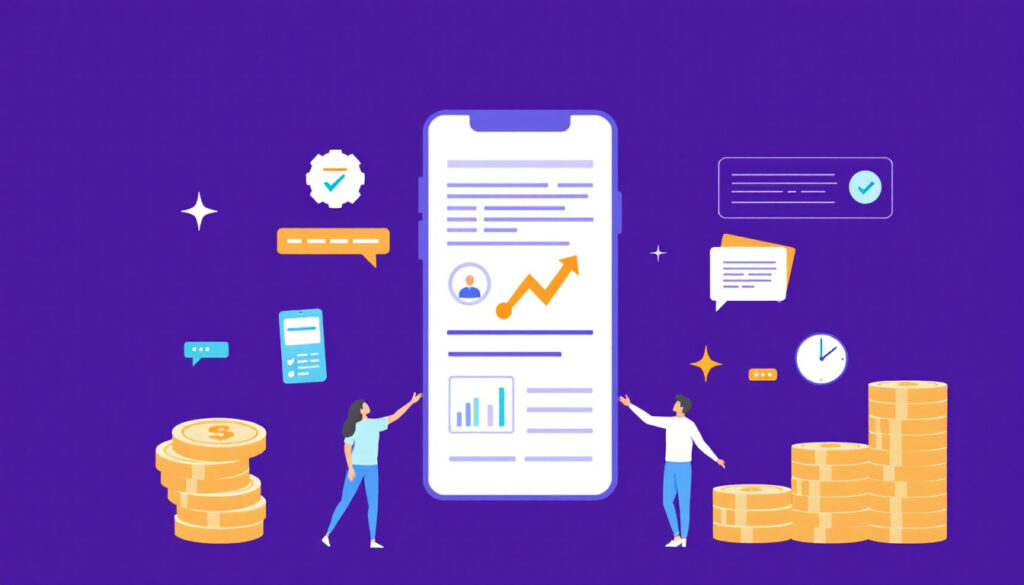Life Insurance in Canada: A Simple Guide for Peace of Mind in 2025
Thinking about what matters most can be a big wake-up call. Life insurance gives Canadian families peace of mind, knowing their loved ones will have support if the unexpected happens. With the right plan, you can protect your family’s needs—like mortgage payments, education, or day-to-day living costs. Whether you’re starting a family or planning for retirement, life insurance fits different life stages. It’s a simple way to take care of your people, now and in the future. What Is Life Insurance and How Does It Work in Canada? Life insurance is like a safety net for your loved ones. In Canada, it’s a common way to make sure your family is protected if something should happen to you. Life insurance pays out a sum of money (a “death benefit”) to the people you choose—usually your family—when you pass away. This money helps cover big things like mortgages, tuition, and lingering bills so those you care about don’t have to scramble. Photo by Leeloo The First What Is Life Insurance? At its core, life insurance is a contract between you and an insurance company. You pay them a regular amount (called a “premium”), and they promise to pay your beneficiaries when you die. The main idea? If you’re not around, your family can still keep up with expenses, debts, and plans for the future. For a full breakdown on how Canadian life insurance works, the Life insurance 101: How does life insurance work in Canada? guide provides a step-by-step explanation. How Do Canadian Life Insurance Policies Work? Canadian life insurance works much like policies in other countries but has its own features and rules. Here’s how it typically works: Canadian policies are regulated to be transparent and fair. The payout is almost always tax-free, which removes stress for your family at a tough time. Some insurers offer unique “living benefits” or options to access cash while you’re still alive, especially with permanent policies. To see real examples of life insurance in action, Sun Life Canada has a helpful overview on life insurance for Canadians and what it covers. What Makes Life Insurance Unique in Canada? A few things set Canadian life insurance apart: Some policies include benefits if you become seriously ill, helping with lost income or medical costs. And if you’re a newcomer or non-citizen, there are products designed just for you. If you’re curious about how insurance costs can change—and how this impacts planning for coverage—check out our article on Health Insurance Cost Trends 2025. Why Canadians Choose Life Insurance Why do so many families in Canada buy life insurance? It offers peace of mind and financial stability. Life insurance helps ensure the people you care about don’t have to face financial stress on top of loss. It’s a small step today that makes a massive difference tomorrow. If you want more details on how the process works start-to-finish, you’ll also find a useful explanation in RBC Insurance’s guide on how life insurance works in Canada. The Main Types of Life Insurance in Canada Life insurance in Canada comes in a few core types, each serving different needs depending on where you are in life. Whether you want simple protection or a mix of coverage and saving, there’s a plan that can fit. Let’s break down the most popular options so you can find what works best for you. Term Life Insurance in Canada: Straightforward, Flexible, and Affordable Term life insurance is the “no-nonsense” pick for many Canadians. This policy covers you for a set number of years—often 10, 20, or 30. If you pass away during the term, your family gets a guaranteed payout. If the term ends and you’re still living, coverage simply stops (unless you renew). Photo by Leeloo The First Who should consider term life?If you just want coverage during your working years or while your kids are young, term life is a solid choice. Many people buy it to cover: Cost basics:Term life is usually the most budget-friendly option. Premiums stay the same for the length of the term. You can lock in coverage without a big commitment. Key features: Pros: Cons: For those looking for more detail on pricing and policy options, RBC has a guide on term life insurance in Canada. Whole Life Insurance in Canada: Lifelong Protection With Cash Value Whole life insurance is designed to last your entire life. No matter when you pass away, your beneficiaries receive a payout. The “whole” in whole life means you’re covered as long as you keep up with payments. One standout feature is the built-in cash value. Think of it as a small savings account that grows steadily over time within your policy. You can borrow against this cash value if life throws you a curveball, or even use it later in life for big expenses. When does it make sense? Pros: Cons: Learn more about how cash value works and what you can expect from whole life insurance in Canada. Universal Life Insurance in Canada: Flexible Coverage Meets Investment Universal life insurance mixes permanent coverage with flexible investments. This policy covers you for life, but you can adjust how much you pay and even how much your coverage is over time. Here’s where it gets interesting: you pick where some of your premium goes, investing part of it in various accounts. Over time, the investment can grow (or lose value), making this policy best for those who want more control and are comfortable with a bit of risk. Highlights: Pros: Cons: If you’re curious about how universal life insurance works and whether it fits your financial strategy, check out Canada Life’s universal life insurance guide. Each type of life insurance in Canada serves different needs—whether you want no-fuss short-term protection, stable lifelong coverage, or an all-in-one plan that grows with you. Balancing cost, coverage, and flexibility will help you find your best fit. What to Consider When Choosing a Policy Choosing the right life insurance policy isn’t just about ticking boxes—it’s








